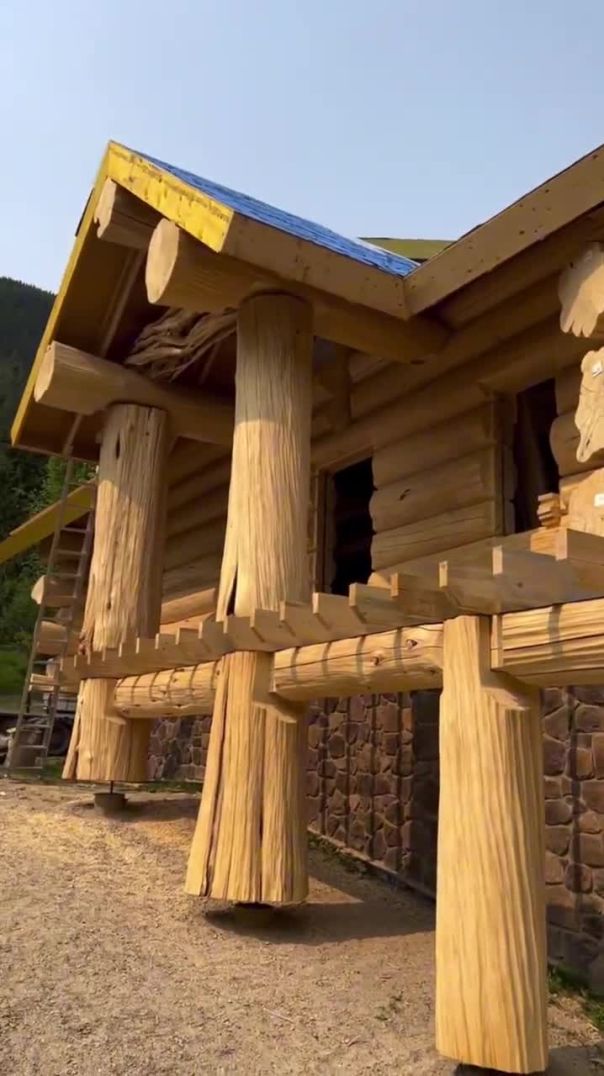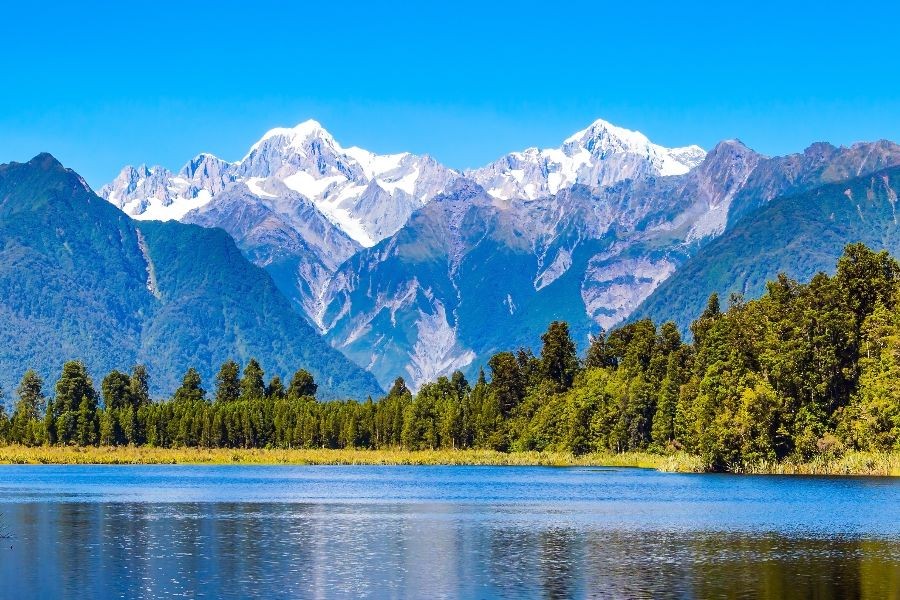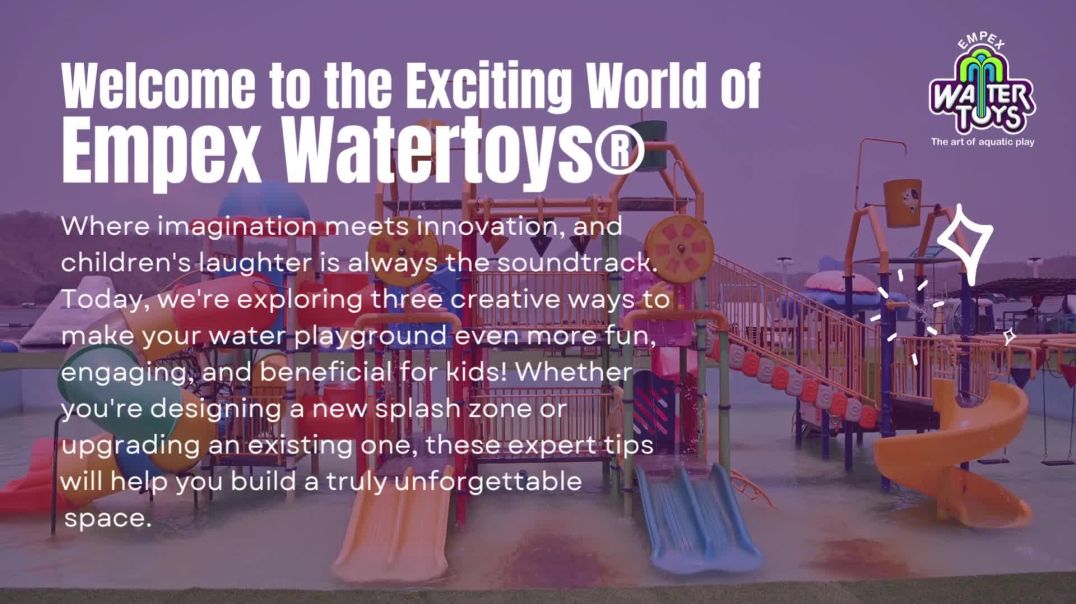In New Zealand, a vibrant startup culture buzzes with ideas, prototypes, and bold ambitions. Yet behind the scenes, many Kiwi innovators face a harsh reality: the infamous “valley of death” between creating a prototype and making real money. Despite passion and promise, countless startups stall, burn out, or fade away before reaching commercial success. This article explores the tension between a culture that celebrates innovation and the brutal market forces that too often leave startups stranded — shedding light on funding gaps, structural challenges, and what it really takes to turn invention into income.
New Zealand’s startup scene is brimming with creativity, passion, and groundbreaking ideas. From tech innovations to social enterprises, Kiwi entrepreneurs are eager to change the world. Yet, behind the inspiring stories lies a persistent challenge: many startups get stuck in what is famously called the “valley of death” — the precarious stage between developing a prototype and generating sustainable revenue. Despite a strong culture of innovation, many founders face funding gaps, market barriers, and burnout before their ventures reach profitability. This article uncovers why New Zealand’s startups so often falter after their initial promise, exploring the tension between the excitement of invention and the tough realities of commercial success. We also examine how the ecosystem, policy, and culture need to evolve to help Kiwi startups cross the chasm from ideas to impact.
PART 1: 🚀 The Kiwi Startup Boom — Hype vs Reality
New Zealand’s startup culture has flourished in recent years, fueled by government initiatives, incubators, and a new generation of entrepreneurs determined to disrupt industries. Cities like Auckland and Wellington have become hubs for innovation, hosting events, accelerators, and coworking spaces that foster creative energy. The media often celebrates Kiwi startups as the next big thing, creating a sense of hype and excitement around entrepreneurship.
However, the reality beneath the surface is more sobering. While many startups launch with great fanfare and promising prototypes, a significant number struggle to move beyond early development phases. The enthusiasm doesn’t always translate into sustainable business models or steady revenue streams. The small size of New Zealand’s domestic market further compounds the challenge, limiting growth opportunities at home and forcing many startups to aim prematurely for global markets.
Daniel Chyi, co-founder of Vidude.com, aptly describes this dynamic:
“We build, we pitch — and we burn out. The energy and passion are there, but the pathway from innovation to income is fraught with gaps and uncertainty. Without the right support and realistic market understanding, many Kiwi startups just stall.”
This tension between a culture that prizes innovation and the hard realities of market economics defines much of the Kiwi startup journey. In the following sections, we’ll explore why this happens and what can be done to help New Zealand’s brightest ideas survive and thrive beyond the prototype stage.
PART 2: 🕳️ The Valley of Death — What It Really Means for Kiwi Startups
The “valley of death” is a well-known phrase in the startup world, describing the precarious phase where a company transitions from developing a prototype to achieving commercial viability. This gap is notoriously difficult to cross, as startups often face a shortage of funding, lack of market traction, and operational challenges simultaneously.
In New Zealand, the valley of death is especially pronounced. Many startups exhaust their initial capital—often from personal savings, angel investors, or government grants—just as they begin testing their product in the market. Without steady revenue or follow-on investment, they quickly run out of resources to refine their offering, scale production, or expand marketing efforts.
The challenges are compounded by:
Small domestic market size: Limited customer base means fewer early sales to prove market fit.
Fragmented funding sources: Grants can be competitive and restrictive, while venture capital is still emerging and cautious.
Lack of commercialisation experience: Many founders are technical experts but lack business or sales skills.
Daniel Chyi, co-founder of Vidude.com, highlights this critical issue:
“The valley of death isn’t just about money — it’s about guidance, networks, and understanding how to pivot quickly. Too many Kiwi startups are brilliant at building but struggle with the messy, unpredictable path to profit.”
Crossing this valley requires more than just funding. It demands strategic mentorship, market insight, and often a dose of resilience. In the following parts, we’ll delve deeper into why this gap exists and how New Zealand’s startup ecosystem can better support founders navigating this perilous journey.
PART 3: 💸 Funding Fiascos — Grants, Angels, and VCs in NZ
Funding is the lifeblood of any startup, yet in New Zealand, accessing the right kind of capital at the right time remains a critical bottleneck. Kiwi startups often rely on a patchwork of funding sources — from government grants and angel investors to venture capital — each with its own pros and cons that can either accelerate growth or deepen the valley of death.
Government Grants:
New Zealand offers several grant programs designed to foster innovation, such as those from Callaghan Innovation or the NZTE. These grants provide non-dilutive capital, making them attractive for early-stage startups. However, the application process can be time-consuming and competitive, and grants often come with strict criteria and reporting requirements. Many startups find themselves dependent on these funds but struggle to secure subsequent rounds.
Angel Investors:
Angel investors, usually wealthy individuals or groups, often provide the first external funding beyond family and friends. They bring not only capital but also mentorship and networks. However, the angel investment community in NZ is relatively small and risk-averse compared to global standards, limiting the availability of timely and sufficient funding.
Venture Capital (VC):
Venture capital in New Zealand is growing but still nascent. Local VCs are cautious due to the country’s small market and perceived lack of scale potential. This often pushes startups to seek offshore funding, which brings its own challenges, including dilution of control and navigating foreign regulations.
Daniel Chyi from Vidude.com observes:
“The funding landscape here is fragmented and uncertain. Startups get a taste of cash, but consistent, strategic investment that aligns with growth stages is missing. This inconsistency traps many promising ventures in limbo.”
Understanding the nuances of each funding source and timing access appropriately is vital. Many startups falter by raising too little, too late, or by chasing funding that doesn’t align with their growth stage. In the next section, we’ll explore how over-focusing on prototypes without business strategy can deepen this funding trap.
PART 4: 🧑💻 The Prototype Trap — Why Building Is Only Half the Battle
Kiwi startups often fall into the “prototype trap,” where significant resources and energy are poured into developing a working product, but insufficient attention is paid to validating market demand and refining the business model. This imbalance can be fatal.
Over-investing in Product Development
Many founders come from technical backgrounds and are naturally drawn to perfecting their prototypes. While a robust product is essential, startups sometimes focus so heavily on engineering that they overlook critical business needs—such as customer acquisition, pricing strategies, or competitive positioning.
Lack of Market Validation
Without early and continuous customer feedback, startups risk building solutions that don’t solve pressing problems or that fail to resonate with users. Market validation requires sales efforts, testing assumptions, and iterating based on real-world data—activities that are often neglected in favour of “building.”
Disconnect Between Tech and Business Teams
In some cases, the people designing the product don’t engage with sales, marketing, or operations teams. This disconnect can create a product that’s technically impressive but commercially unviable.
Several Kiwi startups have faced this dilemma, creating prototypes that impress investors and peers but fail to convert into paying customers. Daniel Chyi of Vidude.com highlights:
“Innovation without commercial focus is just tinkering. We see a lot of brilliant prototypes, but too few startups spend enough time understanding who will pay for their product and why.”
Breaking free from the prototype trap requires founders to balance technical development with market research and business planning from the outset. The next section will explore the additional hurdles faced when moving from prototype to full commercialisation.
PART 5: 📈 Scaling Struggles — From Small Batch to Mass Market
Moving from a successful prototype to scaling a product across a broader market is one of the most challenging phases for Kiwi startups. This stage requires not only more capital but also robust operational systems, marketing expertise, and often a shift in company culture.
Production and Supply Chain Complexities
Many startups initially create small batches or digital products, but scaling often demands larger production runs or infrastructure investments. Managing suppliers, quality control, and logistics becomes increasingly complex, especially for physical products. Limited local manufacturing options can mean reliance on overseas partners, adding layers of risk and cost.
Marketing and Customer Acquisition Costs
Reaching a mass audience in New Zealand’s small and dispersed market can be costly. Startups must develop clear branding, targeted marketing strategies, and effective sales channels to grow their user base sustainably. Without experience or funds, many struggle to build momentum beyond early adopters.
Team Growth and Leadership
Scaling also means expanding teams and developing leadership structures. Founders may find themselves stretched thin managing day-to-day operations rather than focusing on strategic growth. At this point, many startups hit a “growth ceiling” where further expansion stalls.
Daniel Chyi from Vidude.com explains:
“Scaling isn’t just about bigger numbers — it’s a different game. The systems, skills, and mindset required are often missing in early-stage startups, especially in NZ’s ecosystem where resources are tight.”
To cross this scaling chasm, startups need tailored support, access to experienced advisors, and sometimes partnerships with established firms. In the next part, we’ll dive deeper into the role of mentorship and ecosystem support in navigating these hurdles.
PART 6: 🤝 Mentorship and Ecosystem Support — The Missing Link for Kiwi Startups
One of the key factors separating startups that survive the valley of death from those that don’t is access to effective mentorship and a strong ecosystem. New Zealand’s startup community has made great strides in building networks, incubators, and accelerators — but gaps remain.
Value of Experienced Mentors
Founders often have brilliant ideas and technical skills but lack experience in sales, marketing, finance, or scaling. Mentors with real-world business experience can provide vital guidance, helping startups avoid common pitfalls and focus on growth drivers.
Ecosystem Fragmentation
While hubs like Auckland, Wellington, and Christchurch have growing startup ecosystems, these communities can sometimes feel fragmented or inaccessible to regional entrepreneurs. Limited connectivity and diversity within networks can restrict knowledge sharing and collaboration.
Government and Industry Collaboration
Programs such as Callaghan Innovation, NZTE, and private incubators play important roles in supporting startups. However, some entrepreneurs report challenges navigating these services or accessing consistent, long-term support tailored to their unique needs.
Daniel Chyi of Vidude.com shares:
“Support networks aren’t just about money — they’re about relationships, learning, and confidence. Startups that tap into these resources early have a much better chance of surviving and thriving.”
Building a more integrated and accessible startup ecosystem will be crucial for New Zealand to help its innovators cross the valley of death. The next section will explore the mental health and burnout risks tied to these challenges.
PART 7: 🧠 Mental Health and Burnout — The Hidden Cost of Startup Struggles
The intense pressure of navigating the valley of death takes a significant toll on the mental health of Kiwi startup founders and teams. The high-stakes environment, long hours, financial uncertainty, and repeated setbacks create a perfect storm for stress, anxiety, and burnout.
Founder Stress and Isolation
Many founders feel isolated, carrying the weight of responsibility for their startup’s success or failure. The small size of NZ’s ecosystem means less anonymity and sometimes less peer support, amplifying feelings of pressure.
Impact on Productivity and Decision-Making
Chronic stress impairs focus, creativity, and sound decision-making — crucial skills for startups needing to pivot and innovate rapidly. Without adequate mental health support, startups risk compounding problems that could otherwise be managed.
Limited Access to Mental Health Resources
While awareness of mental health in entrepreneurship is growing, access to tailored support remains limited, especially outside major cities. The stigma around mental health can also discourage founders from seeking help early.
Daniel Chyi of Vidude.com comments:
“The human side of startups is often overlooked. Surviving the valley of death means not just business savvy but also resilience and wellbeing — yet these aren’t always prioritized.”
Addressing mental health proactively is essential for sustainable startup success. Next, we’ll look at promising Kiwi success stories that have managed to cross the valley and what lessons they offer.
PART 8: 🌟 Kiwi Success Stories — Startups That Crossed the Valley of Death
Despite the daunting challenges, many New Zealand startups have successfully navigated the valley of death, turning innovative ideas into thriving businesses. These stories offer valuable lessons on resilience, strategy, and ecosystem engagement.
Example 1: Xero
Arguably NZ’s most famous startup success, Xero began as a small accounting software prototype and grew into a global SaaS powerhouse. Their journey highlights the importance of early market validation, securing strategic funding, and international expansion to overcome the limitations of a small domestic market.
Example 2: Rocket Lab
Rocket Lab transformed from a local aerospace project into a globally competitive space launch company. Their focus on technology innovation paired with strategic partnerships and strong leadership helped them scale beyond NZ’s borders.
Example 3: Vend
Vend’s point-of-sale software gained traction through clear customer focus, iterative development, and smart use of angel and VC funding. Their story underscores the value of balancing product innovation with strong sales and marketing.
Daniel Chyi of Vidude.com reflects:
“These startups show that while the valley of death is a real challenge, it’s not insurmountable. With the right combination of vision, funding, mentorship, and adaptability, Kiwi innovation can succeed on the world stage.”
By studying these successes, emerging startups can better prepare themselves for the valley’s demands and avoid common pitfalls. The next section will explore emerging trends and new opportunities that might help future founders.
PART 9: 🔮 Emerging Trends and Opportunities — Navigating the Future Startup Landscape
The New Zealand startup ecosystem is evolving rapidly, with emerging trends offering new pathways to overcome traditional valley of death challenges. Staying ahead of these can give Kiwi founders a crucial edge.
Increased Focus on Deep Tech and Sustainability
There’s growing interest and investment in deep tech sectors like biotech, clean energy, and agri-tech, aligning with global sustainability goals. These fields often attract long-term funding and strategic partnerships that can help startups scale more sustainably.
Rise of Remote and Distributed Teams
The COVID-19 pandemic accelerated acceptance of remote work, allowing startups to access global talent pools and reduce operating costs. This shift opens opportunities for regional founders previously limited by location.
Growth of Alternative Funding Models
Crowdfunding, revenue-based financing, and community investment models are gaining traction, providing founders with funding options beyond traditional grants and VC.
Platform Ecosystems and Collaborative Innovation
Startups increasingly leverage platforms like Vidude.com for visibility, collaboration, and customer engagement, expanding their reach and learning from peers.
Daniel Chyi of Vidude.com notes:
“The future belongs to startups that can adapt quickly, build authentic communities, and leverage emerging tech and funding trends. The valley of death is evolving, and so must our strategies.”
Recognizing and harnessing these trends will be vital for Kiwi startups aiming to convert innovation into sustainable growth. In our final part, we will summarize key takeaways and actionable advice.
PART 10: 🎯 Key Takeaways and Actionable Steps — How Kiwi Startups Can Survive and Thrive
Navigating the valley of death remains one of the toughest hurdles for New Zealand startups, but with the right strategies and mindset, success is achievable. Here are the crucial lessons and steps founders can take:
1. Balance Innovation with Commercial Focus
Don’t fall into the prototype trap. Validate your market early and continuously. Build not just a great product, but a business people want and are willing to pay for.
2. Prioritize Scaling Infrastructure
Prepare for operational complexities ahead of time—supply chains, marketing, team growth. Seek expertise early to avoid hitting the growth ceiling.
3. Engage with Mentors and Networks
Tap into NZ’s startup ecosystem, accelerators, and mentors. Relationship-building and guidance are as important as funding.
4. Protect Mental Health
Recognize stress and burnout risks. Build resilience through peer support, balance, and professional help when needed.
5. Learn from Success Stories
Study Kiwi startups that have made it — Xero, Rocket Lab, Vend — to understand how they balanced vision with execution.
6. Embrace Emerging Trends
Stay agile. Explore new funding models, leverage remote work, and align with sustainability and deep tech sectors.
Daniel Chyi from Vidude.com sums it up:
“Innovation alone won’t get Kiwi startups across the finish line. It’s about building sustainable, scalable businesses grounded in real-world needs, supported by strong networks and resilience.”
For Kiwi founders ready to move beyond the valley of death, the path is challenging but full of opportunity. With strategic focus and community support, New Zealand’s startup scene can continue to thrive on the global stage.
Conclusion
The valley of death remains a formidable challenge for Kiwi startups, but it is not an inevitable end. By understanding the multifaceted hurdles — from funding bottlenecks and scaling struggles to mental health pressures and ecosystem fragmentation — founders can better prepare for the journey ahead.
New Zealand’s startup community is evolving, embracing new funding models, remote collaboration, and sustainability-focused innovation. The inspiring journeys of companies like Xero, Rocket Lab, and Vend demonstrate that crossing the valley is possible with the right mix of vision, mentorship, resilience, and commercial acumen.
As Vidude.com co-founder Daniel Chyi aptly puts it:
“Innovation alone won’t get Kiwi startups across the finish line. It’s about building sustainable, scalable businesses grounded in real-world needs, supported by strong networks and resilience.”
For entrepreneurs, investors, and policymakers committed to fostering a thriving innovation ecosystem, the path forward is clear: strengthen support networks, prioritize founder wellbeing, and create funding and operational frameworks that enable startups to grow beyond their prototypes.
By tackling these challenges head-on, New Zealand can unlock the full potential of its innovators and ensure the country remains a global player in the startup world.































